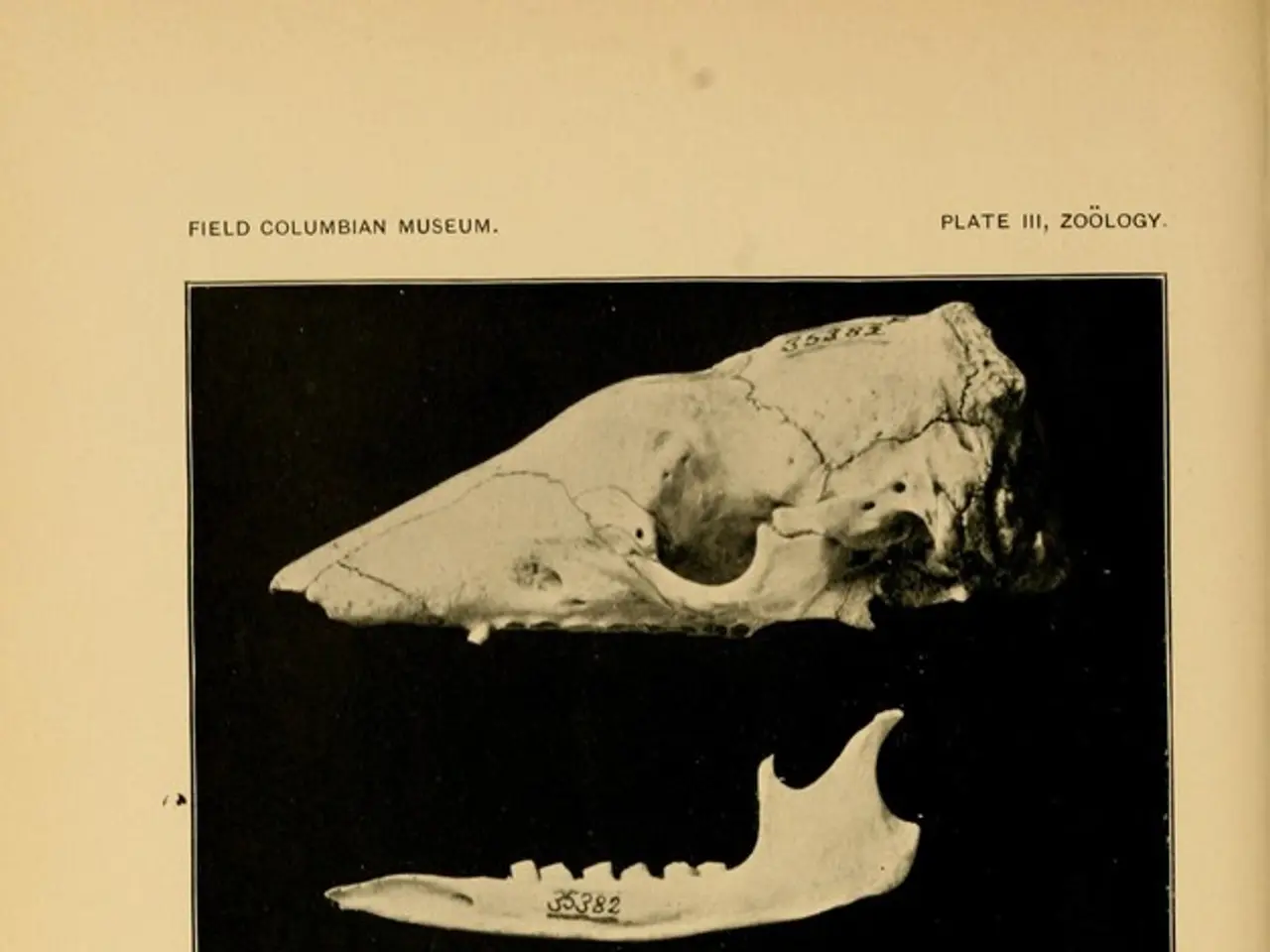Neck Disc Protrusion: Origins, Signs, and Workout Routines
A bulging disc in the neck can cause discomfort and pain, but physical therapy can help alleviate symptoms. Physical therapists commonly recommend specific exercises and stretches to strengthen support muscles, improve flexibility, and reduce pressure on the affected disc.
### Common Exercises and Their Benefits
1. Isometric Neck Exercises (Resisted Head Movements) - These gentle exercises involve pushing the head against your hands in different directions without moving the neck. This strengthens neck muscles and stabilizes the cervical spine without aggravating the disc.
2. Gentle Stretching - Slow, controlled neck tilts and rotations within a pain-free range help elongate neck muscles and promote proper spinal alignment. This reduces muscle tension and improves circulation around the injured disc.
3. Nerve Gliding/Flossing Exercises - These exercises mobilize the affected nerves to reduce irritation, helping to ease radiating symptoms.
4. Postural and Spinal Stabilization Movements - Exercises like the "bird dog" and shoulder blade squeezes promote mobility and reduce stress on the cervical region.
5. Low-Impact Movements and Gentle Yoga Poses - These movements, such as child's pose and standing extensions, gently mobilize the spine without excessive pressure on the discs, helping to improve overall flexibility and posture.
### How These Exercises Help Alleviate Symptoms
- Strengthening supportive muscles relieves stress on the bulging disc and stabilizes the cervical spine. - Stretching tight muscles reduces muscle spasms and tension that contribute to pain. - Nerve mobilization decreases nerve irritation caused by the disc bulge, easing radiating symptoms. - Improved posture and spinal alignment lessen abnormal pressures on discs for long-term symptom relief. - Increased blood flow and circulation promote healing in affected tissues.
### Important Notes
- These exercises should be performed gently and without causing pain. - It's crucial to seek professional evaluation and clearance before starting any exercise program to ensure safety and appropriateness for your specific condition. - Combining these exercises with other treatments like NSAIDs, ice/heat therapy, and lifestyle changes may enhance symptom relief.
In cases where physical therapy and painkillers are not effective, surgery may be another option for treating a bulging disc in the neck. If you experience symptoms such as pain in the neck, shoulders, and back, pain when moving, numbness or tingling in the shoulders, arms, or fingers, a reduced range of motion, and muscle weakness, it's essential to consult a healthcare professional for a proper diagnosis and treatment plan.
- Physical therapy, including isometric neck exercises, gentle stretching, nerve gliding/flossing exercises, postural and spinal stabilization movements, and low-impact movements or gentle yoga poses, can aid in handling obesity-related neck pain by strengthening support muscles, improving flexibility, and reducing pressure on the affected disc.
- Predictive science in health-and-wellness fields, such as fitness-and-exercise and therapies-and-treatments, can help determine the most effective exercise routine for individual cases of a bulging disc in the neck.
- Depression and anxiety are often associated with chronic neck pain, and certain exercise routines can help improve mental health and combat depression as part of a holistic approach to neck pain management.
- Poor nutrition and a lack of essential vitamins and minerals can hinder the healing process and contribute to prolonged neck pain. Incorporating a balanced diet rich in nutrients is vital for recovery from neck pain and overall health-and-wellness.
- Chronic diseases like psoriasis and COPD can impact the body's ability to heal from injuries and may require specialized attention from healthcare professionals when managing neck pain.
- Healthcare professionals should be consulted for tailored therapies-and-treatments recommendations, considering factors such as the presence of psoriasis, COPD, or other underlying health conditions that could influence the treatment plan for a bulging disc in the neck.




